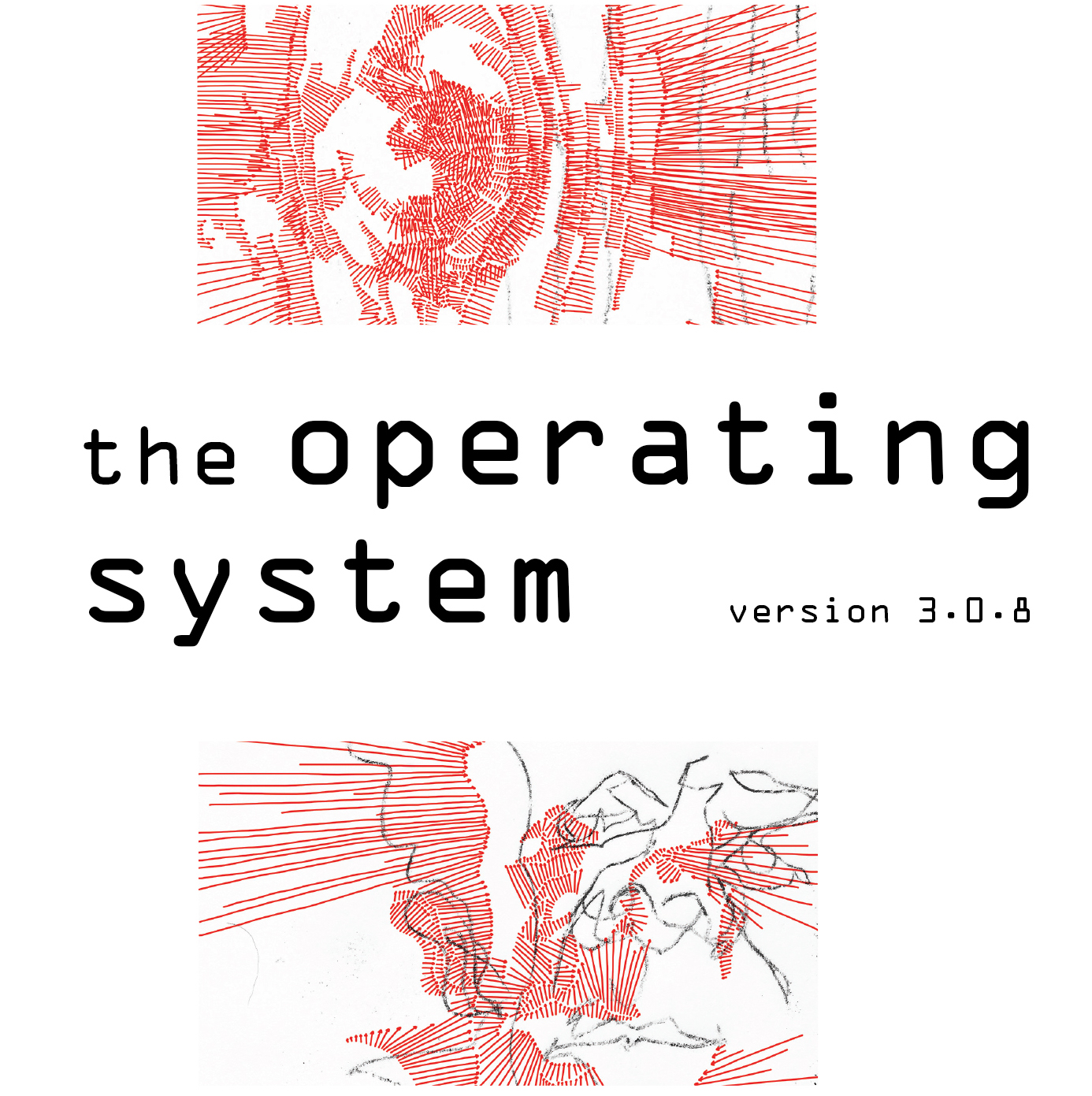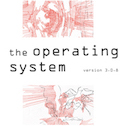2nd ANNUAL NAPOMO 30/30/30 :: DAY 28 :: BUD BERKICH on WILLIAM CARLOS WILLIAMS

William Carlos Williams: Backyard Artist
I first experienced the poetry of William Carlos Williams in the fall of 1994, as an English major at Rutgers College. For me, it was an unforgettable experience. Williams’ poetry shaped my own writing and philosophy from that point forward.
Three things that a new reader of Williams should understand is that Williams is 1.) totally modern, 2.) totally minimalist and 3.) the quintessential “backyard art” poet.
Williams is totally modern– there is probably no other poet, other than Ezra Pound, that has meant so much to the advancement of the modern literary scene. But whereas Pound is basically a modern traditionalist, steeped in classical allusions, Williams has no time for anything but the present here and now:
A power house
in the shape of
a red brick chair
90 feet high
on the seat of which
sit the figures
of two metal
stacks- aluminum-
commanding an area
of squalid shacks
side by side-
from one of which
buff smoke
streams while under
a grey sky
the other remains
passive today-
(Classic Scene)
It is this ability of Williams to capture the present moment like a photograph that puts him head and shoulders above his peers. It is also this ability that makes William Carlos Williams not only a pioneer of Modernist poetics, but also of Postmodern poetry as well.
Williams is totally minimalist– although it was Pound in his Modernist Manifesto that said that the modernist should never use more in art than absolutely necessary, it was Williams that actually carried out this admonition in an active sense. Consider his intense but abrupt description of a New Jersey winter scene in Jersey Lyric:
view of winter trees
before
one tree
in the foreground
where
by fresh-fallen
snow
lie 6 woodchucks ready
for the fire
How is minimalism accomplished in this poem? In a variety of ways. One could speak of the way that Williams ultilizes the “in the middle of things” (in medias res) approach in the first strophe, the uncapitalized “view” of the first line of the poem practically throws the reader into the snow filled woods. Also, the very short monometric lines (“before,” “where,” “snow,”) move the reader along and does not let him or her time to sit, but forces interaction with the wintery scene. Another element of minimalism in this poem is Williams’ way of making the inanimate animate (i.e., the 6 woodchucks “ready”), bursting with potential energy. In truth, all of these techniques by Williams allow him to say and show a lot in a small space. Not that he is under restrictions, of course, but Williams possesses the poetic insight to know that “less is more.” As a Modernist, he simply would not have it any other way.
Williams is the quintessential “backyard” artist- when other poets and writers such as Pound, Eliot, Hemingway and Stein were lured away to Europe, believing that America was “a half-savage country” (Pound, Mauberly), Williams stayed put. He created a viable art out of what he found around him in his New Jersey town of Rutherford. Indeed, this decision was by choice, to the chagrin of his best friend Ezra Pound. But it was a perfect choice, leading to a whole new generation of poets that would follow in Williams’ footsteps and adhere to his poetic vision, probably best borne out in the epic Modernist classic Paterson:
-Say it, no ideas but in things-
nothing but the blank faces of the houses
and cylindrical trees
bent, forked by preconception and accident-
split, furrowed, creased, mottled, stained-
secret- into the body of the light!
It is 1.) Williams’ desire take Pounds’ edict to “make it new” to whole new levels, 2.) his desire to create a urgent, essential, minimalist art and 3.) his belief that art can be found in one’s own”backyard” that has greatly influenced me to do the same in both my poetry and prose.
Hopefully, others will be similarly inspired to read the work of William Carlos Williams and called upon to carry on his important work and philosophies within their own oeuvre, in their own way.
Bud R. Berkich was born in Somerville, NJ and raised in Bound Brook, NJ. He has been writing creatively since the age of eight. Bud has had poetry, short stories, plays and prose pieces published at The Idiom, Subliminal Interiors, Quantum Poetry Magazine, The Analectic, Randomly Accessed Poetics, Literary Juice, Bareback, Surreal Grotesque and Downer Magazine. Several book and music reviews and criticisms have appeared on both Bukisa and Helium.com. Bud is the co-founder and director of the Bridgewater Poetry Group in Bridgewater, NJ. He currently resides in Manville, NJ.
——————————————————————
2ND ANNUAL 30/30/30 POETRY MONTH SERIES:
previous:
DAY 27 :: BENJAMIN WIESSNER ON HARRYETTE MULLEN
next:
DAY 29 :: MORGAN VO ON MINA LOY


